How to train a Dachshund post may contain affiliate links. Learn more on my Affiliate Disclosure page.
How to train a Dachshund we will delve into the world of positive reinforcement training and obedience commands tailored explicitly for your quirky little sausage dog.
From teaching them basic commands like sit and stay to tackling the ever-important potty training, we've got you covered. So grab a treat (for you and your furry friend) because it's time to embark on an exciting journey towards a well-behaved and happy Dachshund companion!

Dachshund Origin
Germans first bred the Dachshund to hunt badgers during the 1800s. The Dachshund got its name because the Germans used it for Badger hunting.
"Dach" refers to the badger, and "hund" is a dog.
Various types of Dachshunds have evolved, including smooth, wire, and long-coated.
Originally, Dachshunds breeders bred to dig into the tunnels of Badgers and drag them out.
Although they eventually evolved into more diverse hunting dogs that also hunted rabbits and foxes. Dachshunds have also been used to help find injured deer.
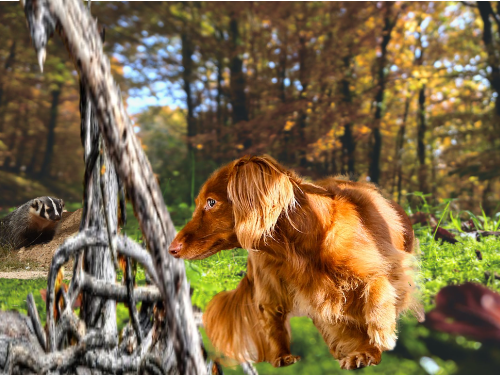
How To Train A Dachshund Characteristics
Dachshund Facts

Group: Hound - American Kennel Club Classification
Coat Type
Breeders crossbred a pinscher and the miniature French pointer to get a smooth coat dachshund.
Their short-legged version descends from the German Schweisshund. Additional breeding mixed spaniels and terriers to enhance their hunting abilities and coat types such as longhaired and wirehaired.
The Dachshund's Big Personality
The Dachshund has a big personality despite its size. The whole family will enjoy them because they're natural comedians. You will laugh from the moment you wake up until you sleep.
You can experience different personalities among the Dachshund breed. Generally, the long-coat dog is calmer than its smooth-coat counterpart, whereas the wire-coat dog is lively and clownish.
Check out the American Kennel Club website.
Pros and Cons How To Train A Dachshund
Pros
- Entertaining and funny
- They are very loyal to their dog parents
- Great Watch Dogs
- Body odors are minimal to nonexistent
- Coat care that requires little maintenance shedding is minimal
- Ideal size for a variety of living situations
- Moderate exercise is required
- Life expectancy is long
Cons
- Prone to back problems
- Digging holes in the yard
- Stubborn, they insist on doing things their way
- Difficult to train
- Not recommended for small children
- Susceptible to separation anxiety
- It might be a "one-owner dog."
- Rescue Dachshunds may be challenging because they are attached to their original first pet parent.
- Health Problems
How To Train A Dachshund Using Positive Reinforcement
How to train a Dachshundcan be a delightful experience when using positive reinforcement techniques. These intelligent and affectionate dogs respond well to reward-based training, making it an enjoyable journey for both the owner and the pup.
One effective way to train a Dachshund is by using treats as positive reinforcement. By giving your furry friend a treat immediately after they perform the desired behavior, you encourage them to repeat it in the future.
Consistency is key when training a Dachshund. Use the same command word or hand signal whenever you want them to perform a specific task, such as sitting or staying.
Positive reinforcement will help them to avoid confusion. Keeping training sessions short and engaging will also prevent your Dachshund from getting bored or frustrated.
Remember that these little dogs have short attention spans, so breaking up the training into smaller sessions throughout the day can lead to better results.
As with any dog breed, it's important to remember that each individual has a unique personality and learning style. While positive reinforcement methods work well for most Dachshunds, some may benefit from additional techniques tailored to their needs or challenges.
Consider their temperament, energy level, and past experiences when developing a training plan for your furry friend.
Keep in mind that how to train a Dachshund takes patience and is vital during the training process. Celebrate even small victories and remain consistent with your positive reinforcement methods.
Positive Reinforcement Treats
When a dog performs the desired behavior, it is rewarded with praise, treats, toys, or whatever it perceives as rewarding.
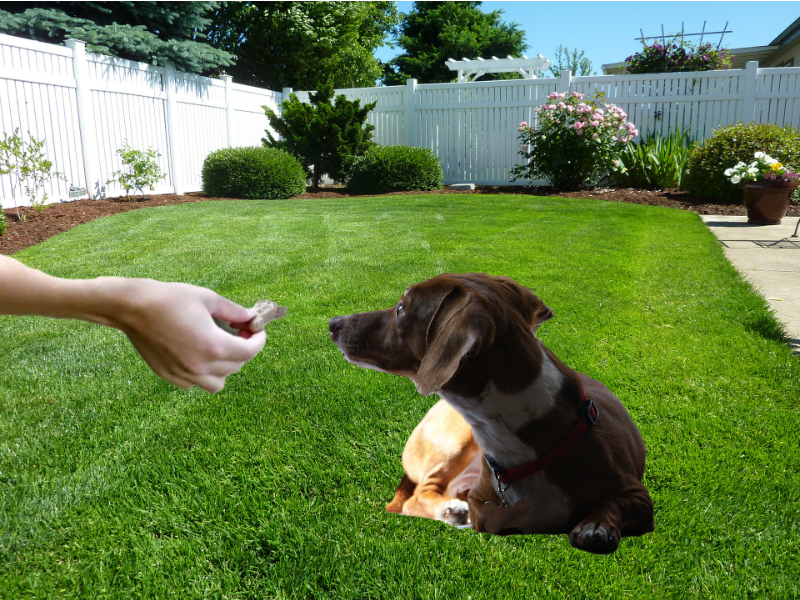
You ought to know how to obedience train a Dachshund by rewarding him for good behavior. The trick is to follow a few guidelines for the reward to be effective.
Clicker How To Train A Dachshund
Training a Dachshund can be challenging, but a clicker can make the process easier and quicker. The first step is to introduce your dog to the clicker.
How to train a Dachshund start by associating the sound of the click with something positive, such as giving them a treat immediately after clicking. Your Dachshund will understand that they do something right every time they hear the click.
Once your Dachshund has made this connection, you can use the clicker to communicate desired behaviors. For example, if you want your dog to sit, wait for them to naturally lower their hind end towards the ground and immediately click, then give them a treat.
Your dog will learn what behavior is being reinforced by consistently pairing the clicking sound with a reward.
Using a clicker during training sessions allows clear communication between you and your Dachshund. It helps eliminate confusion and strengthens your bond as you work together towards common goals.
The AMZpets Dog Training Set! This complete starter kit includes how to train a Dachshund clicker, treat pouch bag, potty training doorbell device, and an ultrasonic whistle, providing you with all the tools you need to effectively teach pet commands, control barking, and potty train your furry friend.
A happy and engaged Dachshund will be more receptive to learning new commands with the help of the trusty clicker in hand (or pocket).
How To Train A Dachshund Basic Dog Commands
When training a Dachshund, it's essential to start with the basics: teaching them simple dog commands.
These small and intelligent dogs are quick learners, but they can also be stubborn at times. So, how do you effectively train them?
One key aspect is for how to train a Dachshund is consistency. Dachshunds respond best to training that is consistent and structured.
Firstly, focus on teaching your Dachshund the sit command. This command is helpful in daily life situations and forms the foundation for other commands like stay and lie down.
Use positive reinforcement techniques such as treats or praise when your furry friend follows the command correctly. With patience and repetition, your Dachshund will grasp this fundamental command.
Next up is teaching them to come.
Start indoors in a controlled environment with minimal distractions before progressing outdoors, where there may be more temptations for your curious pup.
Begin by using their name along with the command, such as saying Max, come! When they obey, reward them generously with treats or enthusiastic praise.
By associating positive experiences with answering this recall command, you'll set a solid foundation for obedient behavior even when faced with distractions in outdoor environments.
Training a Dachshund can be rewarding for both you and your four-legged companion! Stay patient and consistent throughout this process so that they develop good habits that will last a lifetime.
How To Train A Dachshund Do's and Don'ts Training
Do's
- Select Quiet Training Areas - Training sessions must be distraction-free.
- Praise and Reward - Give your Dachshund a treat and praise him immediately after he exhibits correct behavior.
- Short Training Sessions - Repeated training sessions should not last 15 minutes.
- Consistently - You should teach each family member to use the same verbal commands for the expected identical behavior.
- Gradually stop giving the training treats - When your dog understands and obeys your direct commands, gradually replace treats with affectionate praises.
Don’ts
- Punish - When training your Rat Terrier, you should never scold him or show a disgusting attitude. Impatient dogs become confused, nervous, and upset, which delays their training.
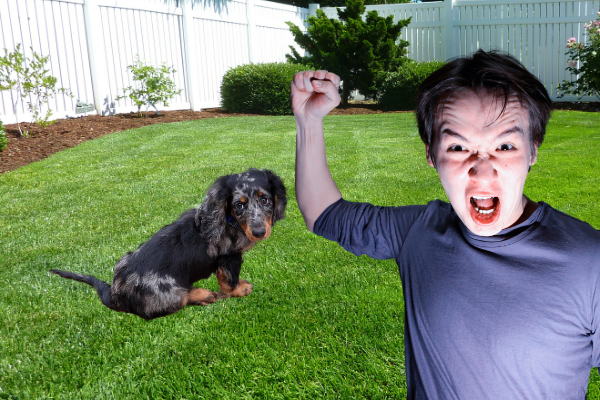
- Rewarding lousy behavior - For instance, Dachshund barks whenever he hears kids playing outside. You then reward this bad behavior by opening the door and letting him have access to run in the yard. (You should never reward unwanted behavior.)
The correct response is to ignore the barking, which will eventually cease. Once you stop letting your Dachshund access the outside.
How To Train A Dachshund Social Skills
What Is Dachshund Socialization?
Proper socialization is critical for how to obedience train a Dachshund. It would help if you made sure your dog gets familiar with new sights, sounds, and smells.
Consequently, your Dachshund does not feel anxious when it enters an unfamiliar environment or hears, sees, or smells something new.
Puppy Socialization Meet New Dogs
Socializing your Dachshund means getting used to going into different areas and meeting new dogs and people until he feels safe, relaxed, and content.
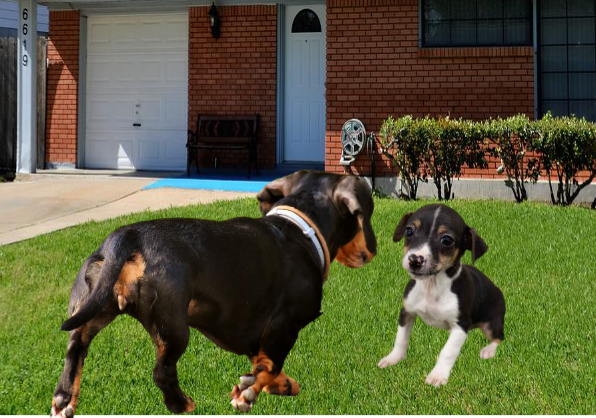
How To Socialize Train A Dachshund
How to train a Dachshund using positive reinforcement training to socialize your Dachshund puppy in fun ways.
- Ride in the car with them
- If public transportation is available to you, take them on the bus.
- Introduce new puppy friends in small groups
- Visit new places when you go on walks
- Walk in unfamiliar neighborhoods where there are loud, busy, and strange street sounds
- Enjoy brief training sessions in different locations
Benefits Of Dachshund Socialization
- Travel with them by car anywhere
- Experience group dog walks with friends
- Walk in the park with new dogs
- Visit coffee shops or stores
- Take vacation trips together
- Stay at hotels or resorts
- Walk anywhere you like
- Take your dog to a doggie daycare
- Visit homes of your friends
- Welcome new guests into your home
- Spend time with children
- All of this and more!
Dachshunds Potty Training

How to train a Dachshund potty business, it's important to remember its unique characteristics and adapt your approach accordingly. Dachshunds are known for their stubbornness, so patience is vital.
- Start by establishing a designated potty area in your home or backyard and consistently bring them to that spot after meals or naps.
Rewarding them with treats and praise when they successfully go to the right place will help reinforce positive behavior.
Another aspect to consider is the size of a Dachshund and how it affects their bladder control. Due to the small size, they have smaller bladders that need frequent emptying.
It's essential to provide regular bathroom breaks throughout the day until they develop better bladder control skills. Bathroom breaks mean initially taking them out every hour, gradually spacing the intervals as they become more reliable.
One proper technique that can be particularly effective with Dachshunds is crate training. Using a crate as a safe space for your Dachshund when you cannot supervise them closely can prevent accidents around the house while teaching them bladder control.
Make sure the crate is big enough for them to stand up and turn around comfortably without offering extra space for going potty.
Consistency is crucial when potty training any dog breed, exceptionally as headstrong as a Dachshund.
How to train a Dachshund by placing the crate for in the most active area of the house and close to where they can be near you.
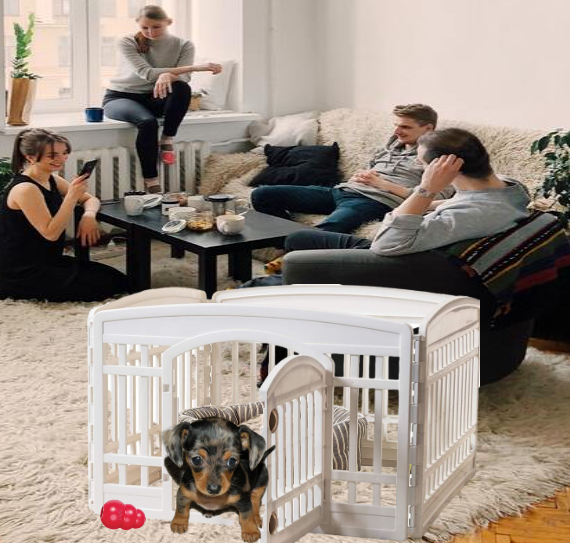
Follow Daily Routine Schedule
How to train a Dachshund by keeping track of your Dachshund's day-to-day activities is made more accessible by creating a schedule you can easily follow. In addition, keep a house-training program for your puppy to help you stay organized.
Example: You select a word such as "potty." When you take your puppy out to do its toilet, always use the same word repeatedly for your Dachshund's business. You should instruct your family to use the same word, "potty." You will use that phrase daily to train your puppy to potty outside.
Your Dachshund should be able to communicate with you through his body language in case of emergency. For example, observing his behavior can tell when your puppy needs to potty.
As a pet parent, if you notice your puppy turning in circles, smelling the floor, or sniffing furniture.
An article by the American Kennel Club gives detailed descriptions of how to read your Dachshund's body language.
A Guide To Taking Care Of A Dachshund
Because of his elongated back, the Dachshund requires extra care from other dogs.
Health
At least once a year, your Dachshund should have a preventative care physical exam.

Common Health Issues:
- Back problems - Dachshunds have long spines, which makes them prone to back problems. Those elongated spines are more vulnerable to stress and pressure than those of more proportionate dogs.
- Canine Cancer - Unlike other dogs, Dachshunds are more prone to developing cancer or tumors. Dachshunds face an increased risk of developing mast cell tumors, a form of skin cancer called Squamous Cell Carcinoma.
- Neurologic Disorders - Lafora disease, and other neurological conditions unrelated to the spine, is an inherited condition that causes progressive myoclonic epilepsy of late-onset.
- Eye Problems - Glaucoma and cataracts are common eye problems.
- Liver Disease - The Dachshund is more likely than most breeds to suffer from a liver disorder called portosystemic shunt (PSS).
- Stomach Issues - Dachshunds are sensitive to particular foods or abrupt diet changes.
- Inflammatory Conditions - A disease known as Immune-Mediated Thrombocytopenia occurs when the body attacks its platelets and thus impairs clotting.
Injury Prevention
Place a step stool or ramp near the bed or couch, and carry him if you use the stairs. Although he can climb stairs, he may aggravate and cause a disk problem with his spine. For instance, never allow your Dachshund to jump on things.
NUTRITION
Feed him quality dog food. Ideally, you should feed your Dachshund foods made from specific meats with quality ingredients that contain less filler. Grains are also easier to digest.
Also, you should limit the doggie treats and food treats, as extra weight on his back can cause herniated discs.
GROOMING
It would help if you brushed your Dachshund regularly to keep his skin moisturized and to prevent excessive dryness. Brush short-haired Dachshunds once or twice a week, and you must bush those with long or wire hair at least once every other day.
EXERCISE
How to train a Dachshund by walking your Dachshund every day to manage his weight. Plus it will improve your health from the walking exercise.
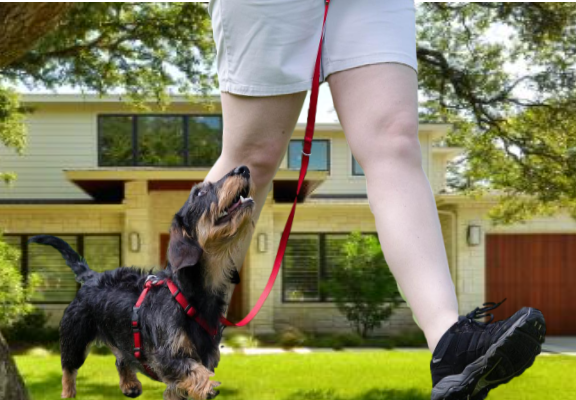
Need Training Help For Your Dachshund?
Do you need help in training your furry friend? Then, sign up for this fantastic (and free) online workshop on how to train a Dachshund to become as well-behaved as a service dog.
K9 Training Institute Free Workshop
The K9 Training Institute offers a free workshop where you can learn firsthand their effective training methods.
The Free Workshop emphasizes building a solid bond between you and your pup. They explain how to apply positive reinforcement techniques that make learning enjoyable for dogs and their owners.
Does your dog tug on its leash, bark constantly, and won't come when called? Sign Up and get the FREE Obedience Training Workshop Now!
Conclusion: How To Train A Dachshund
Even though Dachshunds can be a little stubborn, we can teach you how to train a Dachshund, and this will include the first-time Dachshund parents. Exceptions to this rule include houses with many stairs.
You are an excellent match to be a Dachshund parent if you are willing to do the following:
- Consistency and patience will be required skills for successful dog obedient training.
- Follow the proper training as listed in this article.
- Practice being patient with them.
- Don't be discouraged. Just keep trying.
- If you are experiencing too many training problems, consult your veterinarian or consider hiring a professional trainer.
The key how to train a Dachshund successfully is when you practice consistency and patience, so I wish you the best of luck.








